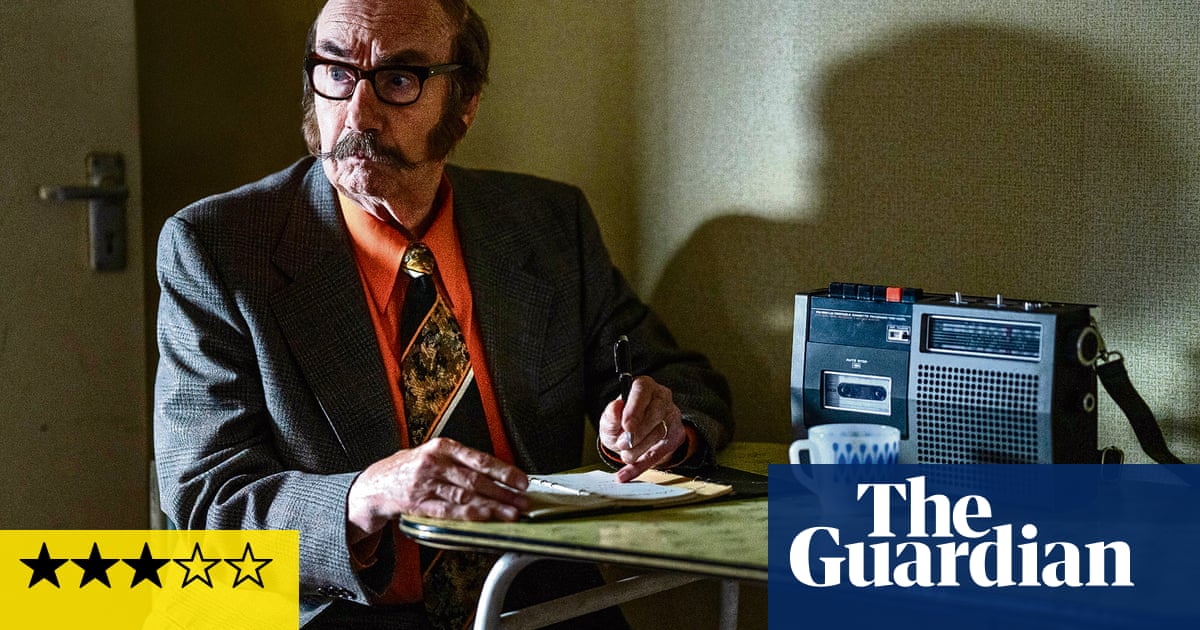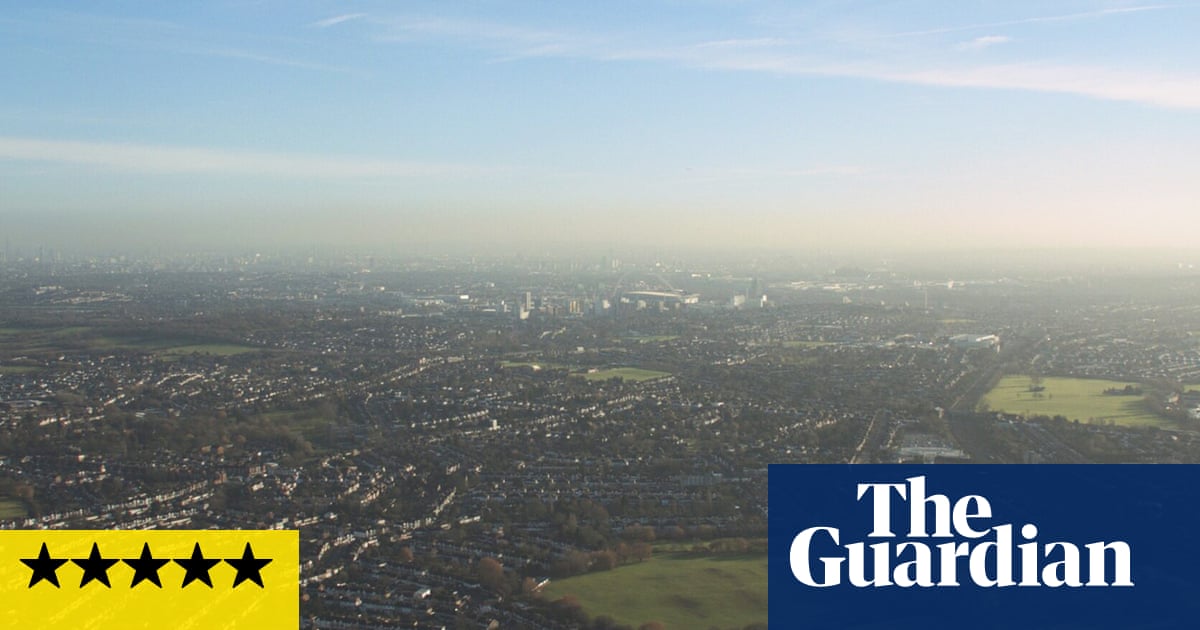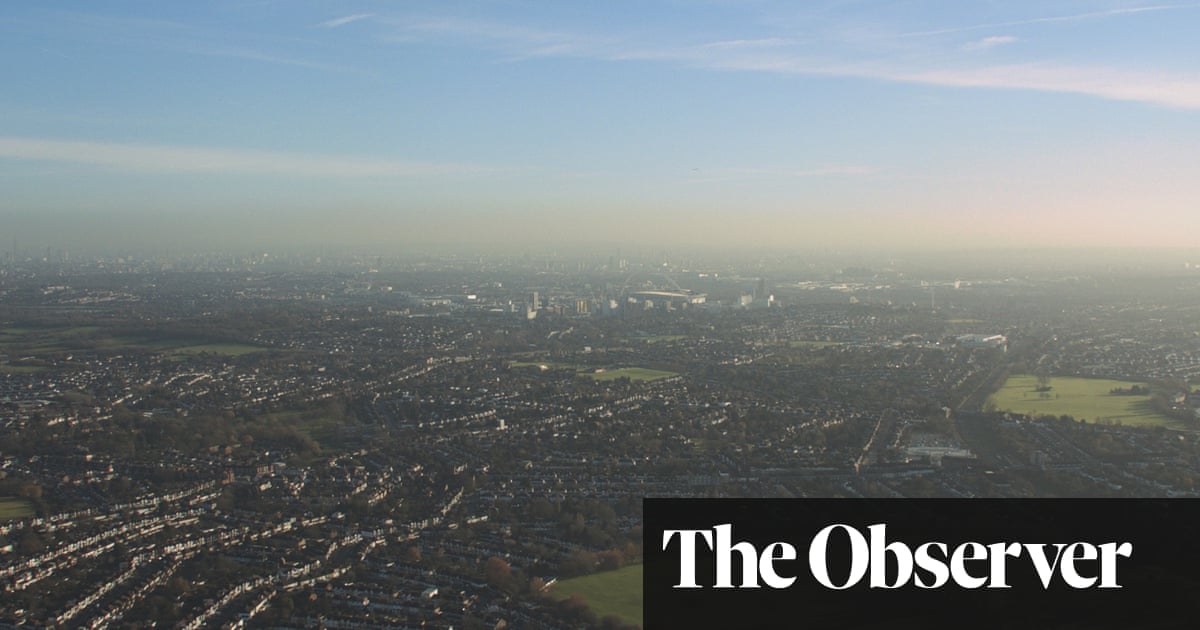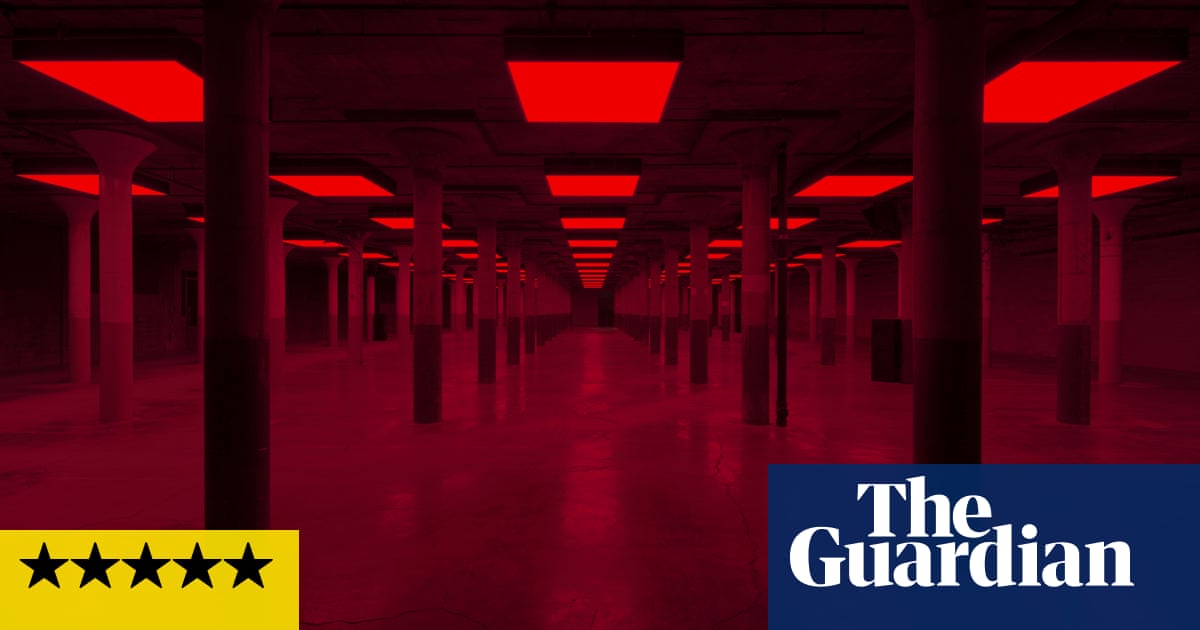
From Tricky smoking skunk to a man with a scar across his scalp, this dense, weighty, powerful show of 14 works even has footage of the artist tweaking his own nipples
Adrian Searle
@SearleAdrian
Tue 11 Feb 2020 16.28 GMT Last modified on Tue 11 Feb 2020 19.05 GMT
Shares
17
Comments
21
5 / 5 stars 5 out of 5 stars.
Like a body on a slab … a still from Steve McQueen’s 7th Nov.
Like a body on a slab … a still from Steve McQueen’s 7th Nov. Photograph: © Steve McQueen/courtesy the artist, Thomas Dane Gallery and Marian Goodman Gallery
In an impromptu Super 8 film that McQueen made as a student, using the camera for the first time, as if it were a sketchbook, he follows two elderly black men as they carry palms they have bought at an East End flower market to Shoreditch, where they catch a bus. There is almost nothing to the film, Exodus. McQueen had been hanging around Brick Lane marketin London, looking for something to film. The men weave through the Sunday crowds, sometimes disappearing except for their pork pie hats and the potted plants. Shot in 1992, and just over a minute long, Exodus is a kind of talisman for McQueen’s earlier work. Although he didn’t use the footage for five years, Exodus is also an early indication of his ability to seize the moment, to find richness in a detail or a circumstance.
Tate Modern’s exhibition of 14 works jumps to 1999, missing those that led to his winning the Turner prize that year, and ends with Weight, from 2016, a prisoner’s bed-frame draped with a gold-plated mosquito net, first shown in an Artangel exhibition in the cells of Reading Gaol. Much from the current century, including his feature films and the work McQueen has been making about Grenfell Tower, is also absent. This may disappoint viewers expecting a full mid-career survey, akin to the Art Institute of Chicago/Schaulager Basel show in 2013. Such a show would need triple the space and, however one might quibble, as an ensemble the current show has density, weight and drama in its very different kinds of confrontations.
You are there with Tricky, smoking skunk in the sound booth, as he lays down the vocal track to the song Girls, thrashing around and getting into a kind of trance, pushing himself and twisting the lyrics. The graininess of Sean Bobbit’s Super 8 cinematography in Western Deep makes the 2002 film, as McQueen has said, “stick to the skin”. This intimacy and physical, as well as psychological, sense of proximity and engagement – even engulfment, let alone the astonishment and horror Western Deep provokes, however many times one has seen it – is amped up by those parts of the film when everything collapses into darkness and grain, blur and amorphousness.
Sign up to the Art Weekly email
Read more
Illuminer depicts McQueen himself on a Paris hotel bed in the semi-dark, lit by the TV and its footage of American Seals and the war in Iraq. Made in 2001, it is almost the last time the artist appeared in one of his own films and is, like Exodus, another work in which the artist exploited circumstance and the specific conditions of time and place. McQueen is alert to the here and now. This is just as evident in his cinema film work as it is in his gallery films and installations.
Throughout the exhibition, we are confronted again and again by black bodies, black subjects, black experience, whether it is the anonymous miners in Western Deep or Tricky; the artist’s cousin Marcus, who accidentally shot his brother; or Ashes, a young Grenadian who McQueen filmed in 2002, and who was later killed by drug dealers. Then there are the Grenadians who appear in Caribs’ Leap, McQueen himself, his black fingers poking and caressing the folds round Charlotte Rampling’s eye in Charlotte, and rubbing and tweaking his own nipple in Cold Breath.
Storytelling, even when what we are presented with is a situation, is a viewpoint. In 7th Nov, the camera’s view of the top of Marcus’s head is as though we are looking at a body on a slab. The views of the cemetery and the workman building Ashes’ tombstone over his pauper’s grave is allied to physicality, position and scale in the artist’s projections. The small screens and lumbering, body-sized projectors for Charlotte and Cold Breath and the large screen on the outside wall of Tate Modern, facing across the river, on which footage of everyday life in Grenada (one half of Caribs’ Leap) is shown, keep us aware that looking at films is a physical as much as a psychological act.
The camera circling the Statue of Liberty in a helicopter, showing the bird shit and the rot in the bronze, the sound of helicopter blades thwapping, and the descent 3.5 kilometres underground in Western Deep, one of the world’s deepest gold mines, are felt in the body as well as the head.
In a big, otherwise empty room, the redacted FBI files on actor, singer and activist Paul Robeson are projected, unfolding in decades worth of paper and effort that the US spent tracking him. The hour upon hour of readings from the FBI transcripts that echo through the space present a cumulative portrait, both of Robeson himself – every gig, every meeting – and of the state and its paranoid intrusions.
Almost every work here begs stories and interpretations. Even with so much missing, there’s complexity enough here, in its shuttles between the image and the backstory, proximity and distance, physical presence and psychological impact and affect. It gets under the skin.
• Steve McQueen is at Tate Modern, London, 13 February to 11 May.
As 2020 begins…
… we’re asking readers, like you, to make a new year contribution in support of the Guardian’s open, independent journalism. This has been a turbulent decade across the world – protest, populism, mass migration and the escalating climate crisis. The Guardian has been in every corner of the globe, reporting with tenacity, rigour and authority on the most critical events of our lifetimes. At a time when factual information is both scarcer and more essential than ever, we believe that each of us deserves access to accurate reporting with integrity at its heart.
You’ve read 30 articles in the last four months. More people than ever before are reading and supporting our journalism, in more than 180 countries around the world. And this is only possible because we made a different choice: to keep our reporting open for all, regardless of where they live or what they can afford to pay.
We have upheld our editorial independence in the face of the disintegration of traditional media – with social platforms giving rise to misinformation, the seemingly unstoppable rise of big tech and independent voices being squashed by commercial ownership. The Guardian’s independence means we can set our own agenda and voice our own opinions. Our journalism is free from commercial and political bias – never influenced by billionaire owners or shareholders. This makes us different. It means we can challenge the powerful without fear and give a voice to those less heard.
None of this would have been attainable without our readers’ generosity – your financial support has meant we can keep investigating, disentangling and interrogating. It has protected our independence, which has never been so critical. We are so grateful.
As we enter a new decade, we need your support so we can keep delivering quality journalism that’s open and independent. And that is here for the long term. Every reader contribution, however big or small, is so valuable. Support The Guardian from as little as $1 – and it only takes a minute. Thank you.












